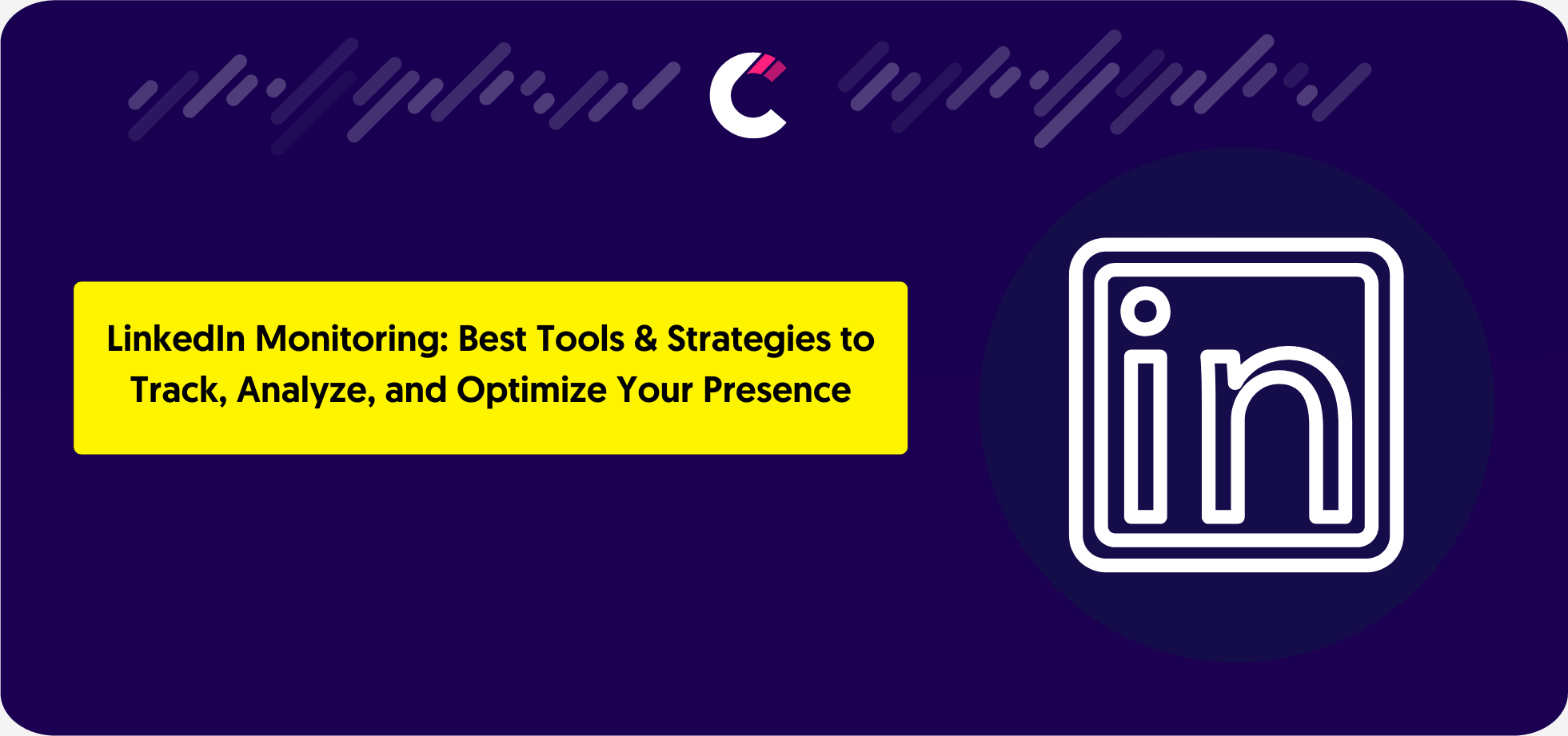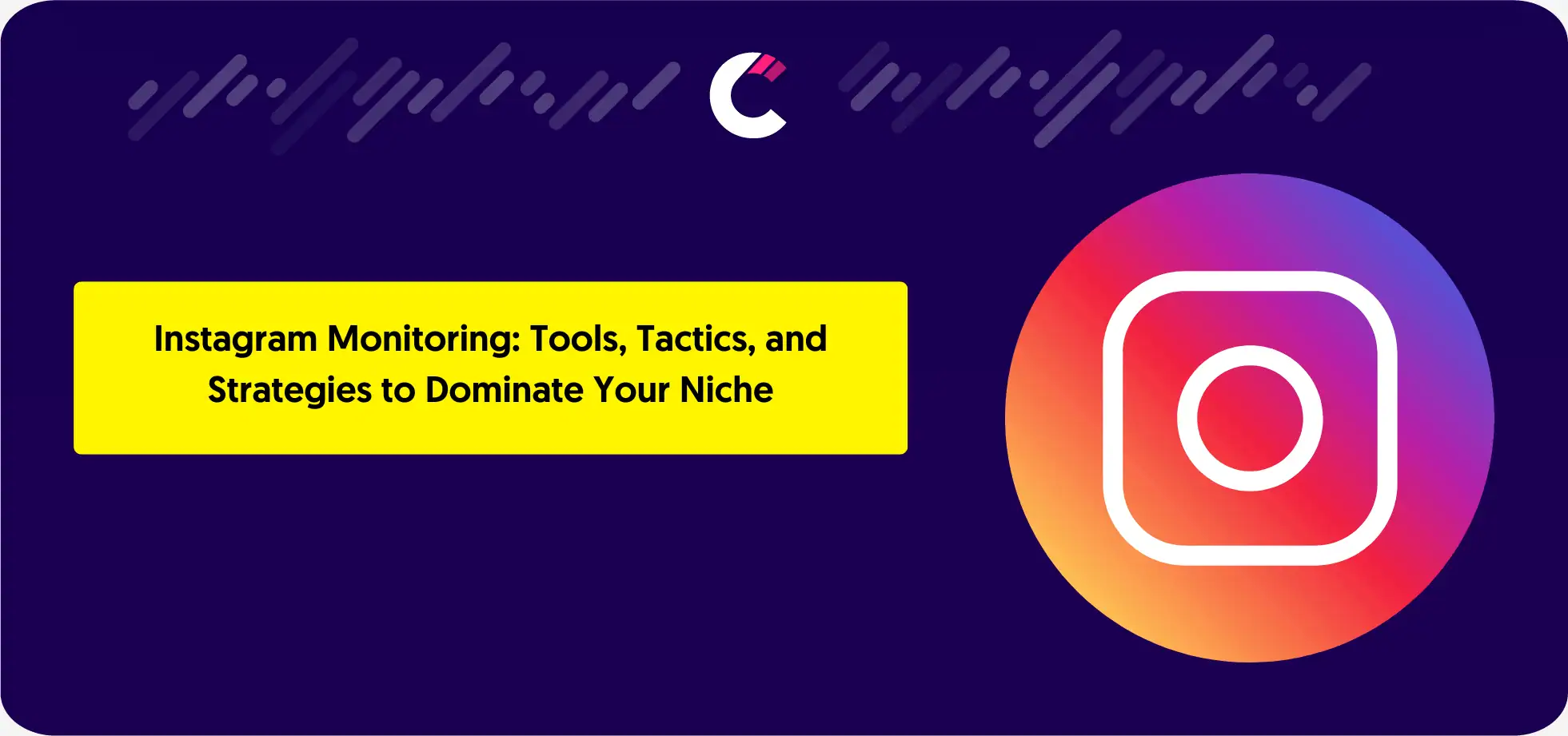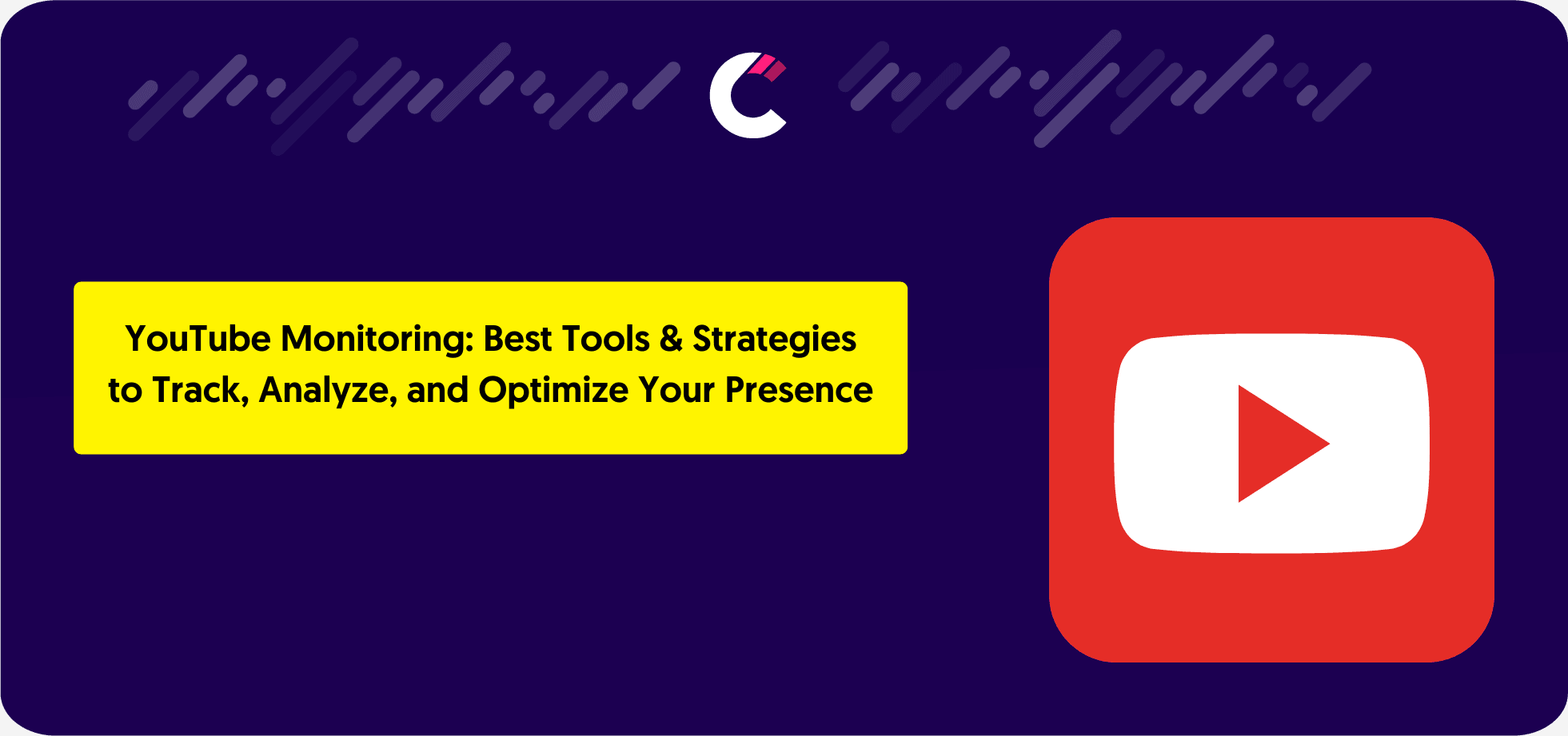Attracting customers and generating leads has always been a hard job. After months and months of trying, we think that our tool isn’t good enough, and then we’re rebuilding it and saying to ourselves: “I will acquire them as soon as I finish this feature.”
And this situation repeats over and over.
When you are stuck with attracting customers, it’s usually two things:
- You don’t know how to do it efficiently
- You didn’t do your customer development at the beginning, so now you’re paying the consequences
In your case, if it’s number two, then, I don’t know. You will need to go back to do your first step – customer development, and right after you finish that start building your product.
If you don’t know how to attract your customers efficiently, then, my dear friend, you are in the right spot!
So, let’s see what the five best strategies to acquire new customers for your startup are.
1. Kickass SEO and Backlink Building
SEO will mean nothing to you only if you are a billionaire (so you can spend thousands and thousands on PPC and other Ads) – but I assume you aren’t because you are reading this article. 🙂
Every business should tend to improve its’ SEO and Keyword rankings. One of the best ways for that is undoubtedly the Backlink Building.
If you don’t know what Backlink Building is, let me explain you in a few sentences:
The term “backlink building” is building links, or finding new and high reputational websites that would link back to you.
The reason why you should do this is that Google will rank your website better if some big website linking back to you.
Imagine the following situation:
Shakira is celebrating her birthday in a club near you. You would desperately love to enter there and see all those celebrities! But unfortunately, you can’t come there because the security guard won’t let you go.
You are embarrassed, and everything you want right now is to go back home and blame yourself because you are not “famous.”
But suddenly, someone opens the clubs’ doors, and starts yelling at you:
“Hi, John, come over here! It’s such a great party!”
You turned back, and you saw your friend Rihanna calling you.
Suddenly, the Security guard lets you go inside.
The same principle is for Google too. When some “famous” website links back to you, you will automatically be higher on searches for some particular keywords.
2. Attracting customers with high-quality content
High-quality content is crucial if you want to attract more customers to your startup. Providing value has always been famous for every business.
Take, for example, a HubSpot.
HubSpot is probably the best company out there. Their content-creating team members are killing it. Just take a look at their Blog. Isn’t it amazing?
Creating Content will not just help you to provide more value – it will also improve your SEO and rank you better for some particular keywords.
The first step you should do before you even start writing your Blog is to conduct perfect keyword research.
Every Blog post should follow at least some basic stuff like:
- Being SEO friendly
- Having a clear, nice, and engaging introduction
- Every Blog Post should have a clear Call-to-Action
- Providing value is a must
- Try to keep every blog post with more than 1000 words
- Include as many images as you can
My favorite part about creating Content and Marketing is not just Content Creation; it’s also Content Distribution!
You see, one Blog post with a vast distribution is more valuable than five blog posts with poor delivery, and even more, proper distribution will help you in attracting customers.
So instead of focusing your effort on creating as many blog posts as you can, try to write less but distribute it better.
Here are some tips about content distribution you should keep in your mind:
- One blog post can be re-forged in several other pieces, like How to’s, Quizzes, etc.
- Publish your blog post on your “owned” distribution channels (Social Media, Websites, Groups, Communities)
- Distribute your Blog post among different platforms like Quora, Reddit, Medium
- Build relationships with influencers and let them promote your blog posts.
The best thing about Content Marketing and distribution is that you can play with it as long as you want, and results will come!
3. Outreach like a Pro
The essential part of every business is sales. You realize that every position is a sales position. Everything we’re doing is focused on growing sales and profit.
Just like in the “old good days,” salesmen were reaching out to us with cold calling, now we’re reaching out to our potential customers with cold emailing.
Before you even start making your sales, you must know who your Ideal Buyer Persona is?
Write it down who are they, what’s their position, what are their biggest pains, how are you solving them, how old are, what’s their usual outfit combination – everything!
Now when you have that prepared, you can’t start doing your cold emailing before you finish one last step – and that’s lead generation!
Use the Internet to your advantage. Find as many potential customers as you can.
You can search in some particular Facebook group and Communities; you can scrape Quora, Product Hunt, or even LinkedIn. Find their emails, and you will be ready for cold emailing!
Cold Emailing is all about making great connections with the first contact. Yeah, it sounds tough to do, but if you want to succeed in this, this must be your primary goal.
Cold Email campaigns are based on:
- One initial email
- Follow-ups
Remember to always follow up with your recipients, but don’t be too spammy. Two follow-ups are enough. If they don’t respond to you after three messages, then it’s likely that they are not interested, or that you didn’t do your outreach campaign very well.
In the initial email, the focus should be on their biggest pains and your solution. But don’t be too promotional. Keep it short, and at the end of the email, give them a clear Call-to-action.
In Follow-ups, everything is about providing value. Remind them about their problems, and provide them with some valuable articles.
4. Create better Marketing Strategies than your competitors
Whether you are a small or medium business or large enterprise, you must have at least one competitor out there. It’s almost impossible that you don’t have one.
A lot of people think that conducting competitive research is everything they need to do when we’re speaking about competition.
But unfortunately, that’s not true.
What’s even more important than researching your competitors, is monitoring your competitors.
You see, if you don’t monitor your competition, you will not know what their next steps are, and you will not be able to outmaneuver and beat them. Right?
It is also important to keep track of startup metrics, so you can measure your progress.So, the conclusion is – if you want to create better marketing strategies than your competitors, first, you must monitor them and see what are they doing.
When we’re talking about competition monitoring, here is what should you keep your eye on:
- Social Media
- Keyword Rankings and SEO
- Content creation and distribution
- Backlink building
- Website changes
- Newsletters
- PPC Campaign
Every insight you can get is crucial for creating killing competitive advantages.
So, now that we have seen what are the best marketing strategies for attracting customers, what would be the first one you will implement in your startup?






